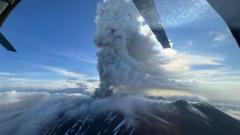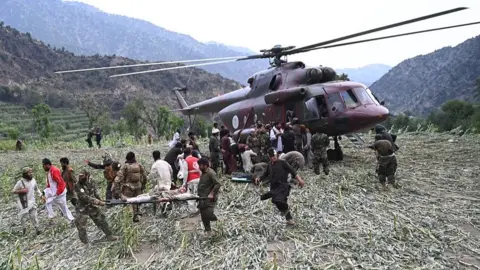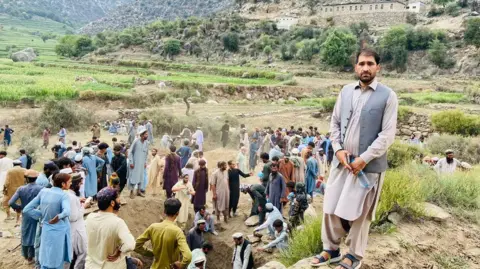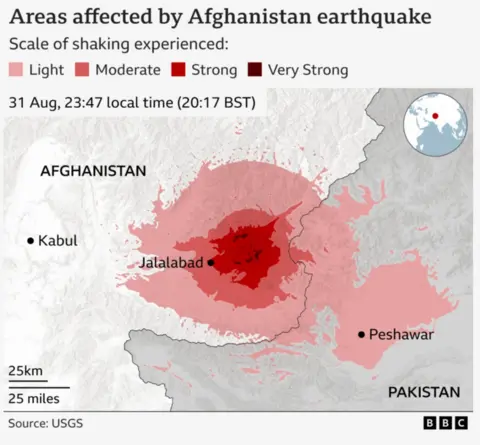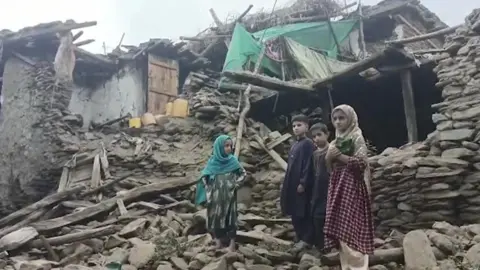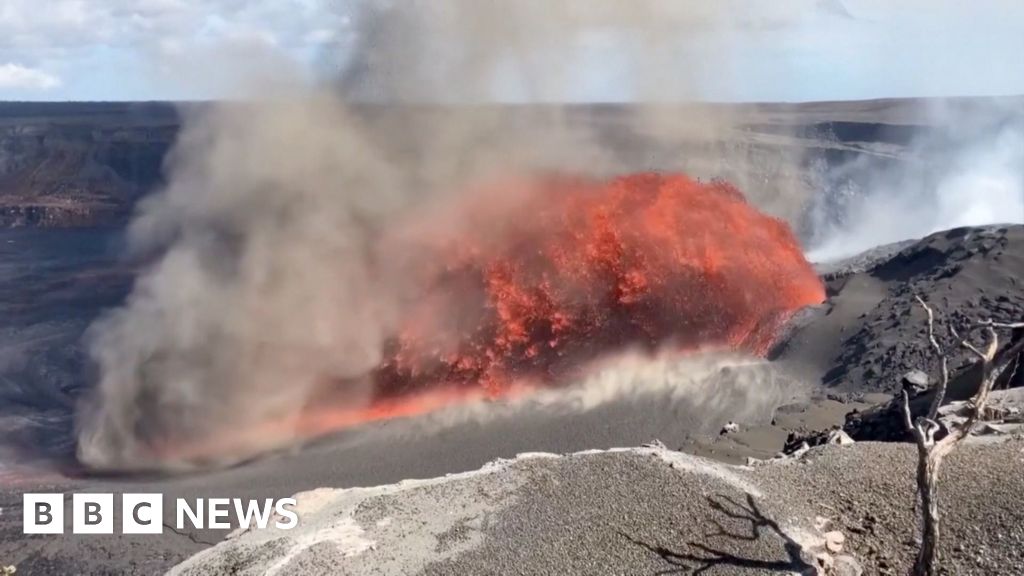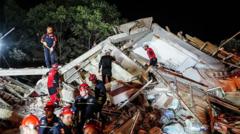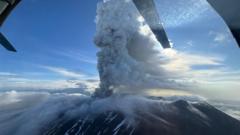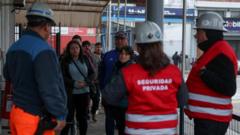The Krasheninnikov Volcano, located in the Kamchatka Peninsula of far eastern Russia, has erupted for the first time in over 500 years, producing an impressive ash plume that reached heights of six kilometers (3.7 miles) overnight. This significant geological event has drawn attention from scientists and experts alike, as it coincides with a series of powerful earthquakes affecting the region.
The eruption occurred shortly after the Kamchatka Peninsula experienced a strong 7.0 magnitude earthquake. Fortunately, Russian emergency officials have stated that there is no immediate threat to populated areas due to the volcanic activity. However, the sequence of events raises concerns and connections to an earlier, massive 8.8 magnitude earthquake that struck the same region just a week prior, leading to tsunami warnings being issued for parts of the Pacific, including French Polynesia and Chile.
Russian experts have indicated that the recent series of earthquakes could trigger aftershocks and additional volcanic activity in the coming weeks. The second earthquake, which struck the Kuril Islands, prompted local authorities to advise residents in three areas of Kamchatka to stay away from the shoreline, even though the predicted tsunami waves were expected to be relatively low, at around 18 centimeters (7 inches).
According to Olga Girina, the head of the Kamchatka Volcanic Eruption Response Team, this eruption marks a historical milestone as the last documented eruption of the Krasheninnikov Volcano occurred in the 15th century. The eruptions and seismic events highlight the active geological nature of the Kamchatka Peninsula, part of the infamous "Pacific Ring of Fire," known for its high frequency of earthquakes and volcanoes.
As the situation continues to develop, authorities and experts will closely monitor the ongoing seismic activity and any further repercussions from these geological occurrences.
The eruption occurred shortly after the Kamchatka Peninsula experienced a strong 7.0 magnitude earthquake. Fortunately, Russian emergency officials have stated that there is no immediate threat to populated areas due to the volcanic activity. However, the sequence of events raises concerns and connections to an earlier, massive 8.8 magnitude earthquake that struck the same region just a week prior, leading to tsunami warnings being issued for parts of the Pacific, including French Polynesia and Chile.
Russian experts have indicated that the recent series of earthquakes could trigger aftershocks and additional volcanic activity in the coming weeks. The second earthquake, which struck the Kuril Islands, prompted local authorities to advise residents in three areas of Kamchatka to stay away from the shoreline, even though the predicted tsunami waves were expected to be relatively low, at around 18 centimeters (7 inches).
According to Olga Girina, the head of the Kamchatka Volcanic Eruption Response Team, this eruption marks a historical milestone as the last documented eruption of the Krasheninnikov Volcano occurred in the 15th century. The eruptions and seismic events highlight the active geological nature of the Kamchatka Peninsula, part of the infamous "Pacific Ring of Fire," known for its high frequency of earthquakes and volcanoes.
As the situation continues to develop, authorities and experts will closely monitor the ongoing seismic activity and any further repercussions from these geological occurrences.

